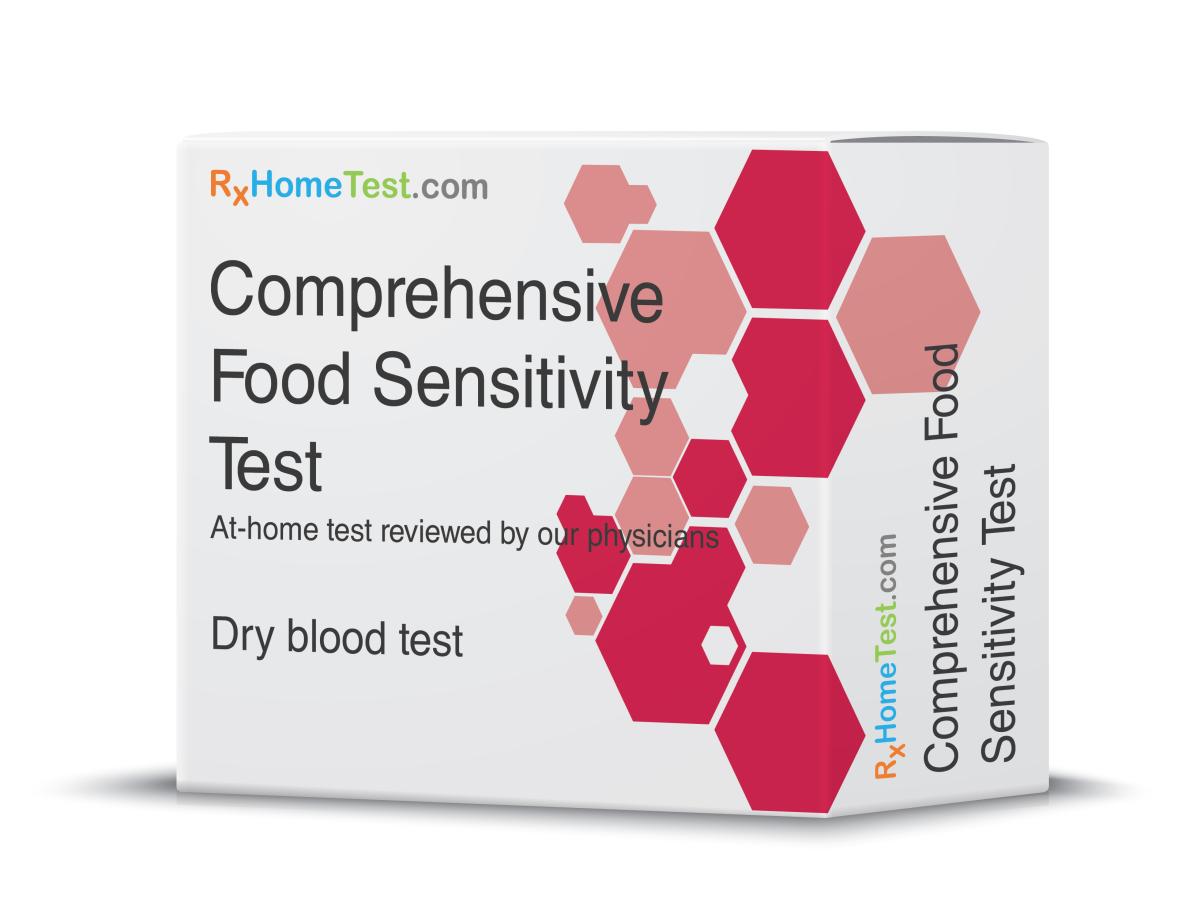
Adult food sensitivity is common. Learn about the most common food sensitivities for adults—shellfish, tree nuts, peanuts, milk, and wheat—and what they entail.
Most food sensitivities appear in childhood, but these can carry over to your adult years. And while many assume adults can’t experience first-time food sensitivities, this isn’t true—sensitivities can pop up at any time. Below, we list the five most common types of food sensitivities among adults and what to know about them.
A shellfish sensitivity occurs when your body overreacts to a protein found in crustaceans and mollusks like shrimp, crabs, lobster, and squid. The symptoms of a shellfish sensitivity can range from mild to severe, with some only experiencing itching and hives and others experiencing life-threatening symptoms. The good news about shellfish sensitivities is that they don’t make you allergic to all fish, just crustaceans and mollusks. Seafood lovers can still enjoy favorites like tuna and salmon.
“Tree nut” is a broad term that encompasses a variety of nuts, including almonds, cashews, hazelnuts, and pecans. Tree nut sensitivities can cause all kinds of unpleasant symptoms, ranging from general discomfort to anaphylaxis. One common misconception about tree nut sensitivities is that if you have one, you have to avoid all nuts. But most people with a tree nut sensitivity only react to one or a handful of them and can safely eat others.
Peanuts are another one of the most common food sensitivities among adults. Though their name makes them sound like a nut, peanuts are actually legumes, hence why we’ve put this sensitivity into its own section. Peanut sensitivities are generally more intense than tree nut sensitivities, and since traces of peanuts can be found in many foods due to contamination during manufacturing, this is a food that’s hard to avoid.
Milk is an extremely common sensitivity in babies and kids. While many children outgrow it as they age, others don’t, and their sensitivity carries on into adulthood. For these people, ingesting milk can cause severe illness, and even touching or smelling milk can cause them to feel sick. People with milk sensitivities should avoid all milk products and products containing milk, including ones that claim to be “lactose free,” “nondairy,” and “kosher,” as these can still cause reactions. Almond and soy milk make ideal alternatives so long as you don’t have a tree nut or soy sensitivity.
Wheat sensitivities are commonly confused with gluten sensitivities, or Celiac disease. However, the two aren’t the same. Wheat sensitivity is a reaction to wheat, while gluten sensitivity is a reaction to gluten, a protein found in certain grains. Wheat allergies are usually mild, but for some, they can be severe. Altogether avoiding wheat products is your best bet if you don’t want to have to deal with the symptoms.
Do you think you may have a sensitivity to one of the above? If you want to find out for sure, RxHomeTest carries a variety of at-home health test kits, including a food sensitivity test that you can try at home. Our Comprehensive Food Sensitivity Test checks for 240 foods commonly found in the American diet and can help you understand your sensitivity levels to different foods. Pick up your test kit today!

Food Allergies vs Food Sensitivities: What’s the Difference? - read about the key differences.
Why You Should Get Tested Before Adopting a Gluten-Free Diet? - 4 reasons to get tested.
What to Do With Your Food Sensitivity Test Results? - follow these steps to get most out of your test.
Food Allergies in Children - learn about the risk & how to grow out of them.
Sensitivity to Food – Allergy, Intolerance, and Celiac Disease - different ways in which food can affect us.
Celiac – FAQs - key facts about gluten intolerance.